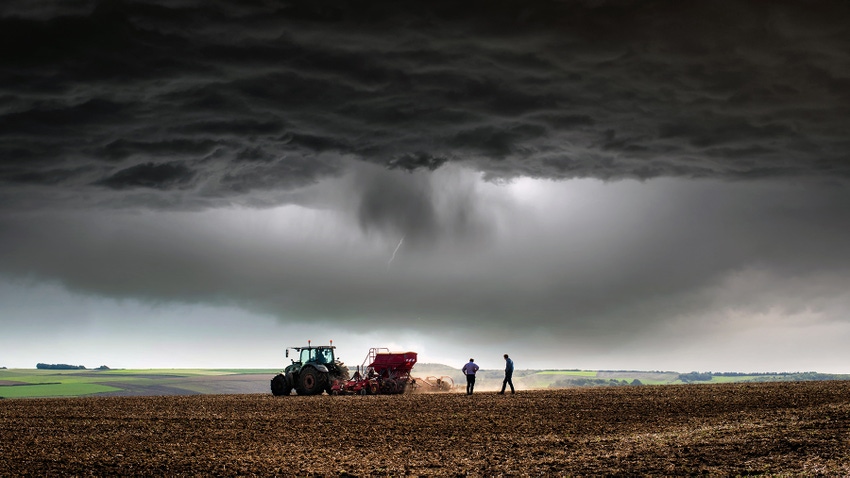
It works with you or works against you. You can’t control it.
It’s the weather.
Last season, weather helped some across the region, while drastically hindering others.
It's March 26. Rain and storms will fall today over the Florida Panhandle and up through Virginia. For some, rain has delayed field prep and corn planting so far this season, and the rain has recharged our water supplies going into planting season.
Pam Knox is the University of Georgia agricultural climatologist. Many in Southeast agriculture know Pam well. She does a good job informing and explaining weather patterns and predictability as best it can be done, using a science-backed approach.
On her blog, Climate and Agriculture in the Southeast, she recently provided a weather outlook for the 2024 growing season.
One factor she highlights for this season is a rapidly weakening El Niño, which we have currently experienced, and the predicted quick swing to La Niña.
“The last two years that we had a quick transition from a strong El Niño to La Niña were 1998 and 2016, both years that started out wet due to El Niño but were followed by six months or more of drier-than-normal conditions,” she writes in the March 19 post.
She goes into detail about this, but the bottom line she says is to expect lingering El Niño rains and clouds, along with cooler temperatures for the next month or two.
“And then a gradual shift to warmer and drier conditions than normal by mid-to-late summer, potentially leading to a drought in fall. That may mean a slow start to the planting season, but crops should develop more quickly once the warmer weather kicks in,” she says.
In the summer, many parts of the Southeast with sandy soil are never more than two weeks or more away from a drought if afternoon showers don’t develop.
What about tropical storms?
“This year there won’t be much resistance from the subtropical jet, and so I expect to see a large number of storms develop. While there have not been any official tropical forecasts issued yet, the consensus is that we could easily see 20 or more named storms in 2024,” she writes.
Tropical storms in neutral and La Niña seasons, she says, also tend to occur farther to the West, including in the Gulf of Mexico, which makes the Southeast more of a tropical storm target during La Niña seasons than in El Niño seasons.
The size of the storms can’t be fully predicted until they start to form, but we know in recent years how fast and powerful tropical storms can develop in the Gulf of Mexico. During fall droughts, we often welcome weaker slower-moving tropical storms, which provide needed moisture at key times for pastures, peanuts, cotton, and later-planted grains.
So, what will the weather do? We know summer will be hot around here. That’s the only guarantee. But Pam provided some good insight into what could and will likely happen.
Read more about:
WeatherAbout the Author(s)
You May Also Like






